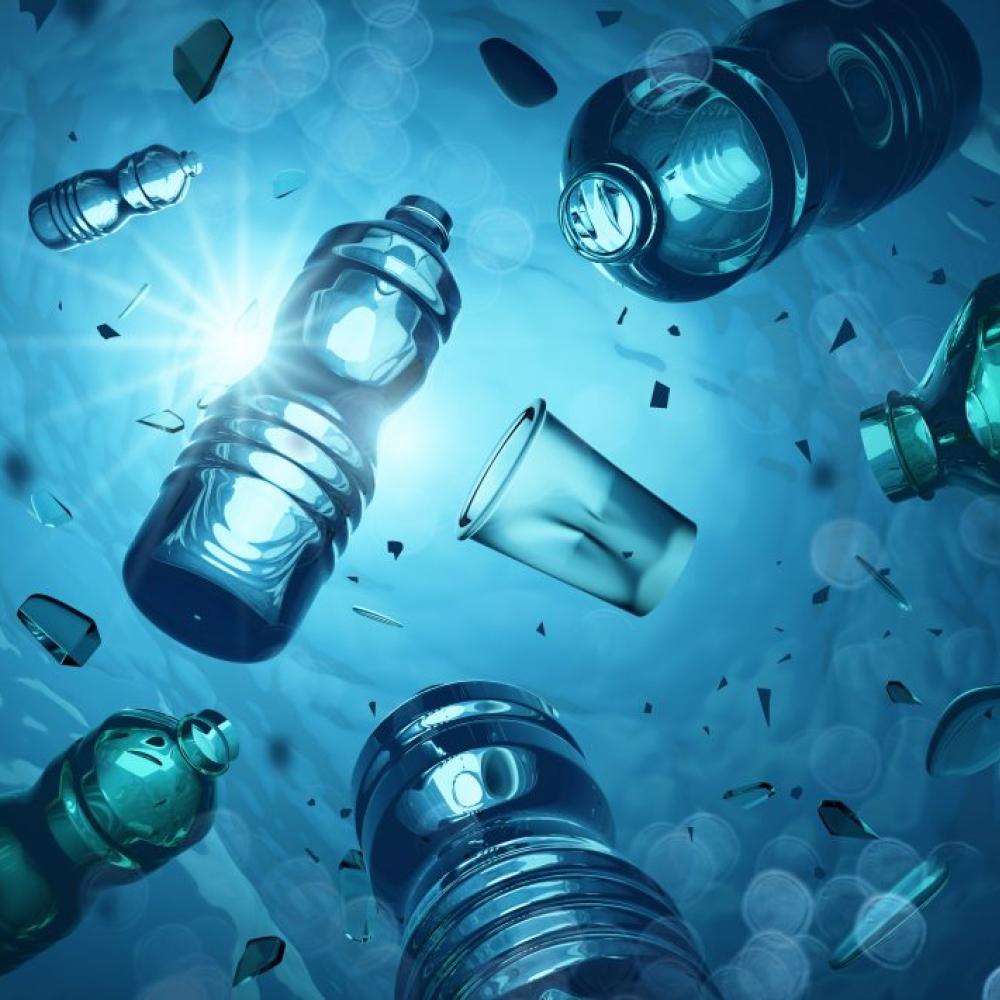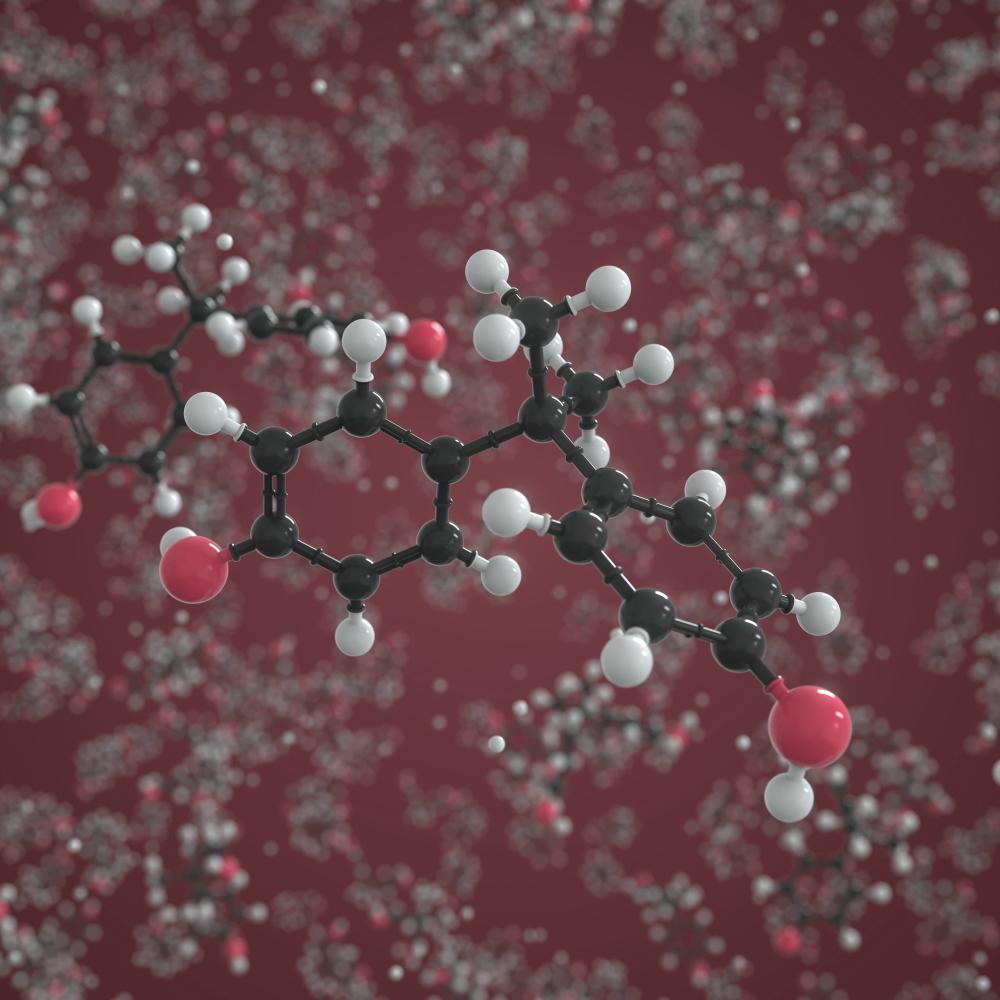Researchers are beginning to ask what the impact might be on the environment and our health
By Dr. Pamela Lein and Donald A. Bruun

Plastic particle definitions
- Macroplastics: fragment with a diameter ≥ 5 mm
- Microplastics: fragment with a diameter < 5 mm
- Nanoplastics: fragment with a diameter < 1 μm
Plastics are widely used in agriculture. Farmers use macroplastics as protective wraps around mulch and fodder, as cover for greenhouses, to shield crops from the elements, and to make irrigation tubes, sacks, and bottles to contain plants or soil.
There is also a rapidly expanding use of microplastics in agriculture. Agrochemical manufacturers use microencapsulation techniques to coat pesticides and fertilizers with microplastics to allow controlled release of the chemicals when applied to crops.
Microplastics are also used as anti-caking additives in fertilizers, seed coatings to increase seed storage life, and soil conditioners to improve drainage.
What's the potential harm in using plastic in agriculture?
While there are significant benefits to using plastics in agriculture, there are emerging concerns about the risks associated with agricultural plastics. Over time, macroplastics slowly break down, fragmented by wind and sunlight into ever-smaller pieces to generate microplastics and nanoplastics. These tiny plastic particles seep into the soil, changing its physical structure and limiting its capacity to hold water. One recent study of radishes found adding microplastics to the soil adversely affected root biomass.
Emerging experimental evidence also raises concerns about intentionally adding micro- and nanoplastics to fertilizers and pesticides. A recent report showed that the active ingredient in a common insecticide was significantly more toxic to aquatic organisms when encapsulated in nanoplastics than when not. The researchers hypothesized encapsulation resulted in enhanced toxicity because it increased absorption into biological tissues and decreased the breakdown of the active chemical ingredient in water, which would normally dilute the chemical’s toxicity.
Micro- and nanoplastics in the soil can also adsorb and concentrate persistent organic pollutants (like PCBs and PFAS), toxic metals (mercury, lead, and others), and pesticides. This can facilitate the transfer of these pollutants through ecosystems and enhance bioaccumulation.
A study of radishes showed bioaccumulation of the insecticide chlorpyrifos in radish roots increased in the presence of microplastics. Typically, chlorpyrifos would be concentrated on the plant’s surface, but when adsorbed to microplastics, the pesticide more readily transferred into the plant’s tissue.
The increased uptake of pesticides into food crops increases the risk of human exposure. This is concerning, given significant evidence that chlorpyrifos can interfere with human brain development even at relatively low concentrations.
What does environmental health research reveal?

Scientists have also evaluated the joint effects of microplastics and the antiviral compound dufulin on bioaccumulation, oxidative stress, and metabolic profiles in earthworms. Their results showed microplastics increased the accumulation of dufulin in earthworms and the potential likelihood of oxidative damage caused by dufulin. In addition, microplastics exacerbated the adverse impacts of dufulin on the metabolic profile of the earthworms.
Conversely, in a study with zebrafish, researchers found that microplastics lessened the lethality of an herbicide . Researchers thought a possible explanation might be that the microplastics sequestered the herbicide, so it was not available to interact with critical biological target(s). However, the combination of the microplastics and herbicide in this same study caused significantly more oxidative damage in the zebrafish gut than either alone.
Microplastics have also been observed to modify chemical toxicity in mammals. In a mouse model, exposure to a fungicide increased gut permeability to significantly increase the absorption of ingested microplastics, increasing liver and kidney damage.
Can microplastics help the environment?
It's possible. While these studies and others suggest the potential toxic risks posed by the interaction between microplastics and chemicals, they have also prompted research to harness the adsorptive capacity of microplastics to remove contaminants from wastewater and solid waste. While this is a potentially exciting concept, significantly more research is needed before this solution is feasible.
The kinetics of adsorption and binding between plastics and organic compounds are complex and can vary depending on the type of plastic, whether it is virgin or aged, particle size, hydrophobicity of the organic compound, temperature, pH, and other factors.
Microplastics often require surface modification to improve adsorption efficiency, and current modification methods are largely based on combustion. Combustion itself poses environmental health risks and is not sustainable. While this approach may eventually be feasible for removing chemical contaminants from aqueous environments, its adaptation in terrestrial environments is less certain.
Microplastics research priorities
The production of plastic continues to increase, and its use in agriculture and other commercial sectors is expanding. This, combined with increasing evidence that plastic pollution harms ecosystems and human health, underscores the crucial need for far-sighted and holistic solutions.
Additional research is urgently needed to understand the complex interactions between microplastics and environmental chemicals, including pesticides, and the risk-benefit ratio of these interactions. Finally, regulatory agencies, the plastics industry, agribusiness, and consumers must move quickly and actively to develop policies and practices for reducing plastic pollution.
Pamela Lein, PhD is a neurotoxicologist and developmental neurobiologist who studies the interaction between genes and environment. She is a Professor in the Department of Molecular Biosciences and School of Veterinary Sciences, as well as a member of the Environmental Health Sciences Center at the University of California, Davis.
Donald A. Bruun, BS works as a Staff Research Associate and Lab Manager in the Lein Lab at the University of California, Davis.
This content was adapted from an article in Open Access Government.



